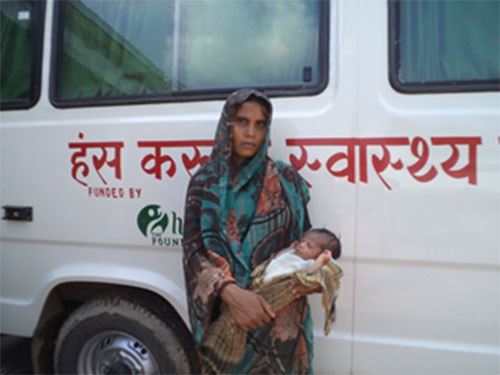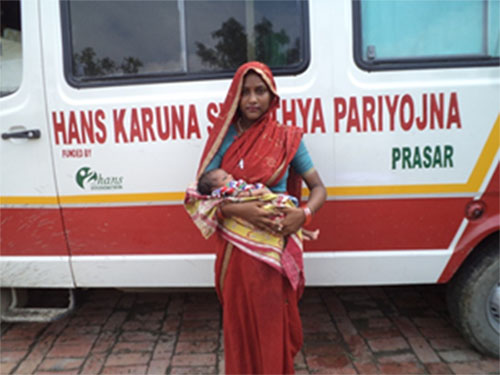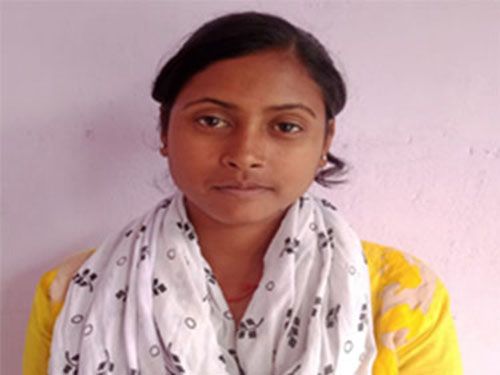
Our experience of anaemia is perhaps more telling that the official estimates at micro level. The National Family Health Survey – III (NFHS-III) accomplished during 2005-06 says that one out of every two adolescent girls and seven out of every ten young children are anaemic in India. The survey also shows a disturbing prevalence of anaemia among pregnant and lactating women; 59% of pregnant women and 63% of lactating mothers are anaemic. Anaemia may not seem like a life-threatening disease, but it needs to be taken seriously. The body gets punished slowly and the final impact is damaging. The NIFHS-III itself notes: Anaemia in young children results in increased morbidity and infectious diseases, and it can result in impairment in coordination, cognitive performance, behavioural development etc.
Today, it is conceivably the most critical problem of public health issue, particularly in poverty and patriarchy marred rural areas like ours, especially among women and children. Effectively, hundred per cent women of our partner groups are anaemic. They are anaemic because they are poor; they are women and they live in an area where public services are either absent are redundant.
Anaemia is generally seen as the result of nutritional deficiency of iron and other essential minerals and vitamins. This was precisely the problem of Sangita, a young (28) woman of depressed class.
Sangita first reported in the Camp during the month of January 2013, that too at the insistence of our swasthya sakhi. It was the time when she was worried about the discontinuation of periods far past two months. The diagnostic test conducted at the Project facility, first of all, confirmed her fourth pregnancy. Besides, severe anaemia (7.9 g/dl) was also reported. Obviously, she was a ‘High Risk’ case. And, by virtue of being so, she could get all the support of her family and our medical team in matters of monitoring, iron-rich diet, in addition to medicines and other medical compliances.
She continued reporting in the Camp for medical consultation and soon attained a level to deliver the child safely. This is how her pregnancy reached to maturity and, finally, she was taken to District Hospital by 108 ‘Samajvadi’ Ambulance Service of the government, where her fourth child – the male one was born in sheer healthy condition.


